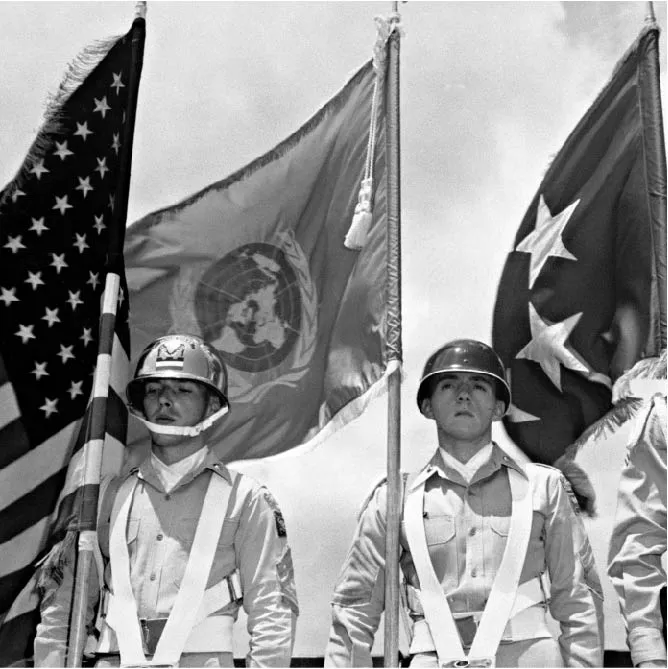Case Overview
Set in September 1950. At the conclusion of World War II, Korea—formerly under Japanese control—was divided at the thirty-eighth parallel into a U.S.-occupied south and a Soviet-occupied north. Although the division was meant to be temporary, by 1948 both countries had declared independence. North Korea became a Soviet-supported communist state; South Korea was supported by the United States. Two years later, North Korea invaded South Korea in an attempt to bring the entire peninsula under its control. After several weeks of fighting, UN and South Korean forces were defending an area called the Pusan perimeter, in the southernmost portion of the peninsula. General Douglas MacArthur, who was commanding U.S. and allied forces as part of a UN mission, was also making plans for a landing at Inchon, near the South Korean capital of Seoul, in order to surprise North Korean troops and recapture Seoul.
Anticipating the possible success of the Inchon landing, The UN secretary-general has convened the Security Council to discuss the situation in Korea, specifically whether to extend the UN military intervention north of the thirty-eighth parallel in an attempt to unify the Korean Peninsula. Security Council members will have to weigh the risks of such an intervention, and whether intervention offers a better opportunity to form a durable peace than stopping at the thirty-eighth parallel would.
